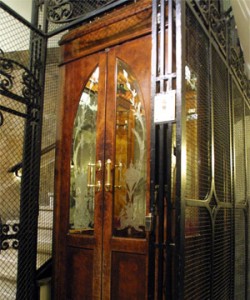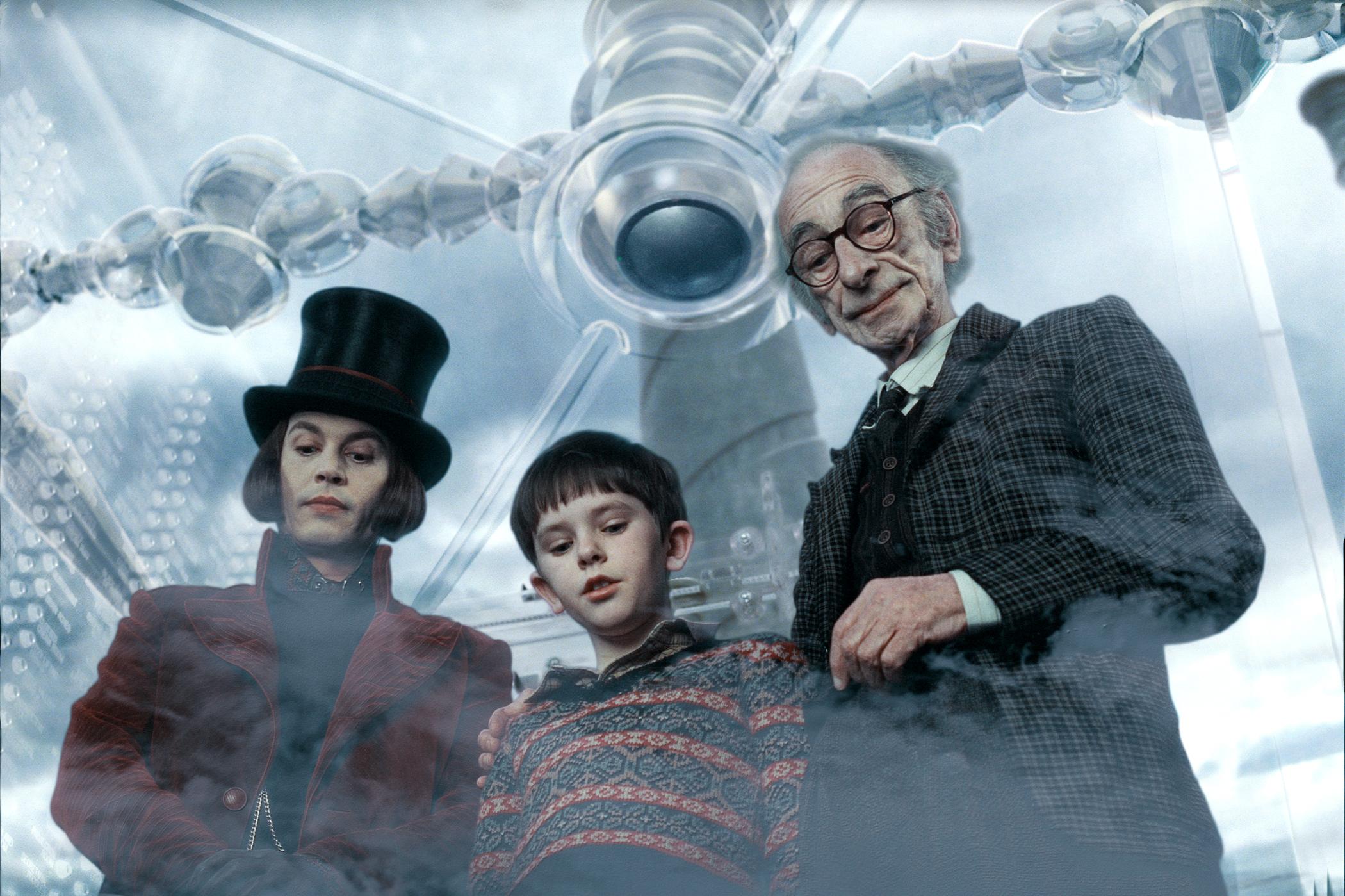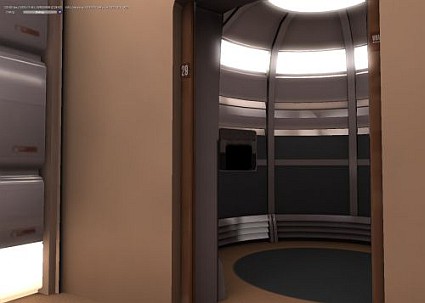Elevator Anniversary
 Monday, March 29, 2010 at 9:49AM
Monday, March 29, 2010 at 9:49AM  MAD21
MAD21 By Alan
Recently, I moved offices from the 12th floor of a 100 year old building, to the 6th floor of a more modern skyscraper. Ironically enough, the move meant that I'm actually having more elevator rides than before. Because of a quirk of construction, I take a ride to the "sky lobby" on the 4th floor, where I board other elevators to access the rest of the floors. I found it fun that a significant anniversary was passing by at the same time I was finding new elevator experiences.
 Despite the "simple" concept, elevators weren't actually a common thing until after March 23rd, 1857 when Elisha Otis installed the first commercial "safety elevator" in New York City. Several years before he famously demonstrated the safety of his cable elevator at the World's Fair by getting into his elevator himself, and having the cable cut while he was several stories above the ground. Before his invention, this would have meant certain death. (Because Jumping up in the air at the bottom doesn't help).
Despite the "simple" concept, elevators weren't actually a common thing until after March 23rd, 1857 when Elisha Otis installed the first commercial "safety elevator" in New York City. Several years before he famously demonstrated the safety of his cable elevator at the World's Fair by getting into his elevator himself, and having the cable cut while he was several stories above the ground. Before his invention, this would have meant certain death. (Because Jumping up in the air at the bottom doesn't help).
 It seems apropos that this week Disney has been showing Charlie and the Chocolate Factory, in which among all the wondrous devices, inventions, and crazy gadgets, one of the most important was the Great Glass Elevator. In fact, most people are surprised to find out that Roald Dahl, the author of that story, wrote a sequel called "Charlie and the Great Glass Elevator", so he apparently felt it was the most important gadget, too. It could go to every single room in the factory with the press of a single button. It could go "longways, and sideways and slantways and any other ways you could imagine." It moved people about the factory, but it also represented freedom from the factory at the very end.
It seems apropos that this week Disney has been showing Charlie and the Chocolate Factory, in which among all the wondrous devices, inventions, and crazy gadgets, one of the most important was the Great Glass Elevator. In fact, most people are surprised to find out that Roald Dahl, the author of that story, wrote a sequel called "Charlie and the Great Glass Elevator", so he apparently felt it was the most important gadget, too. It could go to every single room in the factory with the press of a single button. It could go "longways, and sideways and slantways and any other ways you could imagine." It moved people about the factory, but it also represented freedom from the factory at the very end.
 Star Trek had the "Turbo Lift" which could go up, down, and sideways. Gene Roddenberry figured that if you made a set of empty tubeways, and put a bunch of rocket motors on the elevator, you could make it go any direction you wanted. It was pretty good, but not perfect. It meant near death for one or more Star Trek members.
Star Trek had the "Turbo Lift" which could go up, down, and sideways. Gene Roddenberry figured that if you made a set of empty tubeways, and put a bunch of rocket motors on the elevator, you could make it go any direction you wanted. It was pretty good, but not perfect. It meant near death for one or more Star Trek members.
Most elevators have very simple control systems. You indicate you want to board an elevator, and which direction you want to travel. Up or Down. When you board the elevator, you indicate which floor you which to exit. It wasn't until the 1980s that the controls became computerized. Previously, they used simple electrical wires and switches, or elevator operators that sat or stood in the elevator and controlled the operation.
So, what's in store for future elevators? There are several innovations that are in use in modern systems. No sideways elevators, yet. Most of the innovations are in the control systems to the elevators. Entire departments of elevator companies spend their days deep in mathematics, probability, social metrics, computer modeling, engineering, and physics just to figure out how to shave off mere seconds of waiting time.
Some systems, you first indicate which floor you want to travel to, and the elevator going to that floor will let you board. This allows for optimized motion, or dedicated elevators that are express or limited floor use. Some elevators get notification with motion sensors or badge readers that someone needs their use before they even push the call button and race to be ready as soon as you indicate you want a ride.
Douglas Adams, author of Hitchhikers Guide to the Galaxy, wrote of clairvoyant elevators that were capable of predicting the future, so that they would arrive and open the door at exactly the time you needed them. However, because of that theory, if the building was going to fall down, all the elevators raced to the bottom before the future disaster would occur, leaving the people behind.
Selfish elevators. Hmph.
 Elevators,
Elevators,  Inventions,
Inventions,  technology in
technology in  Technology
Technology 




Reader Comments